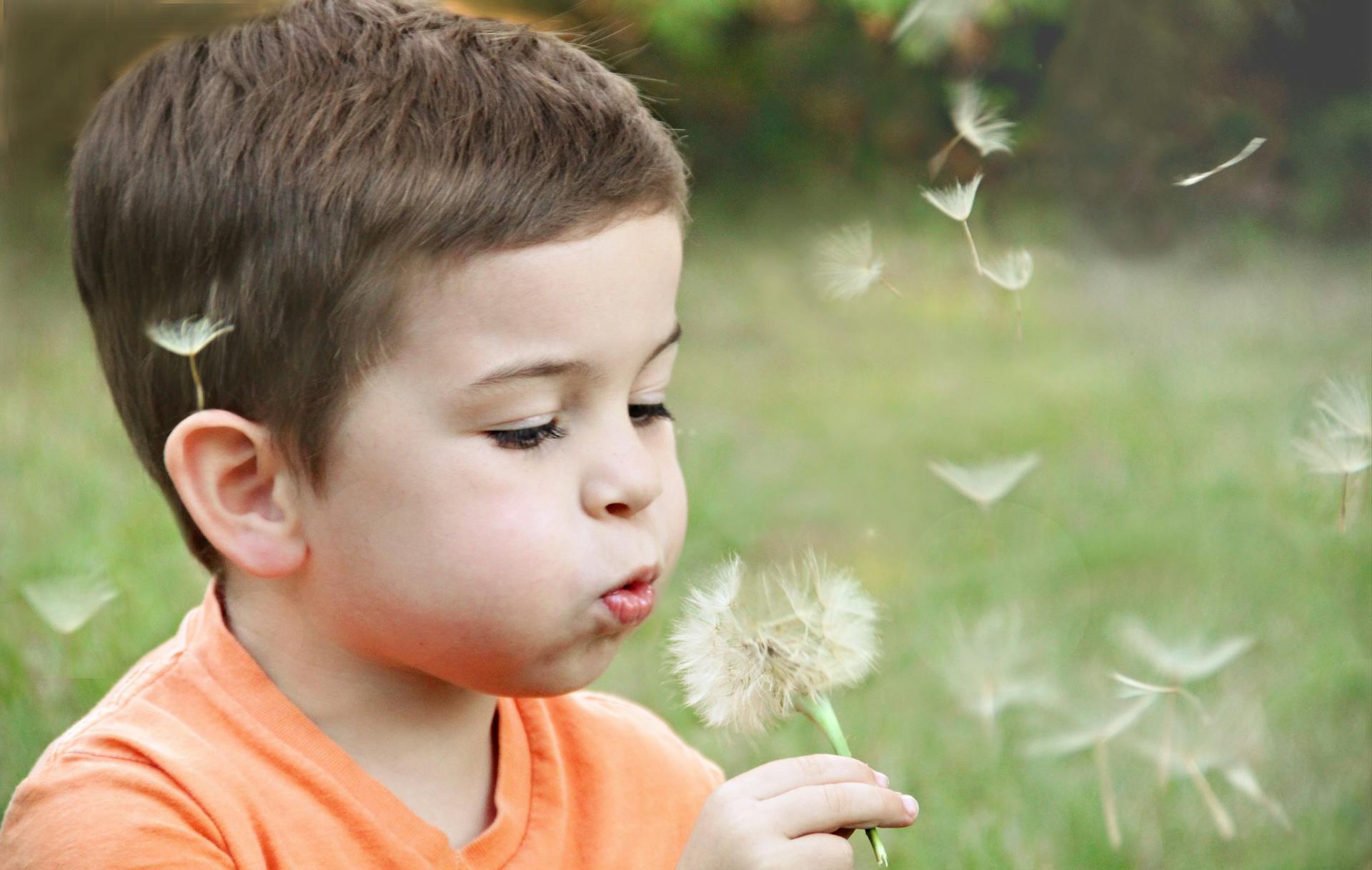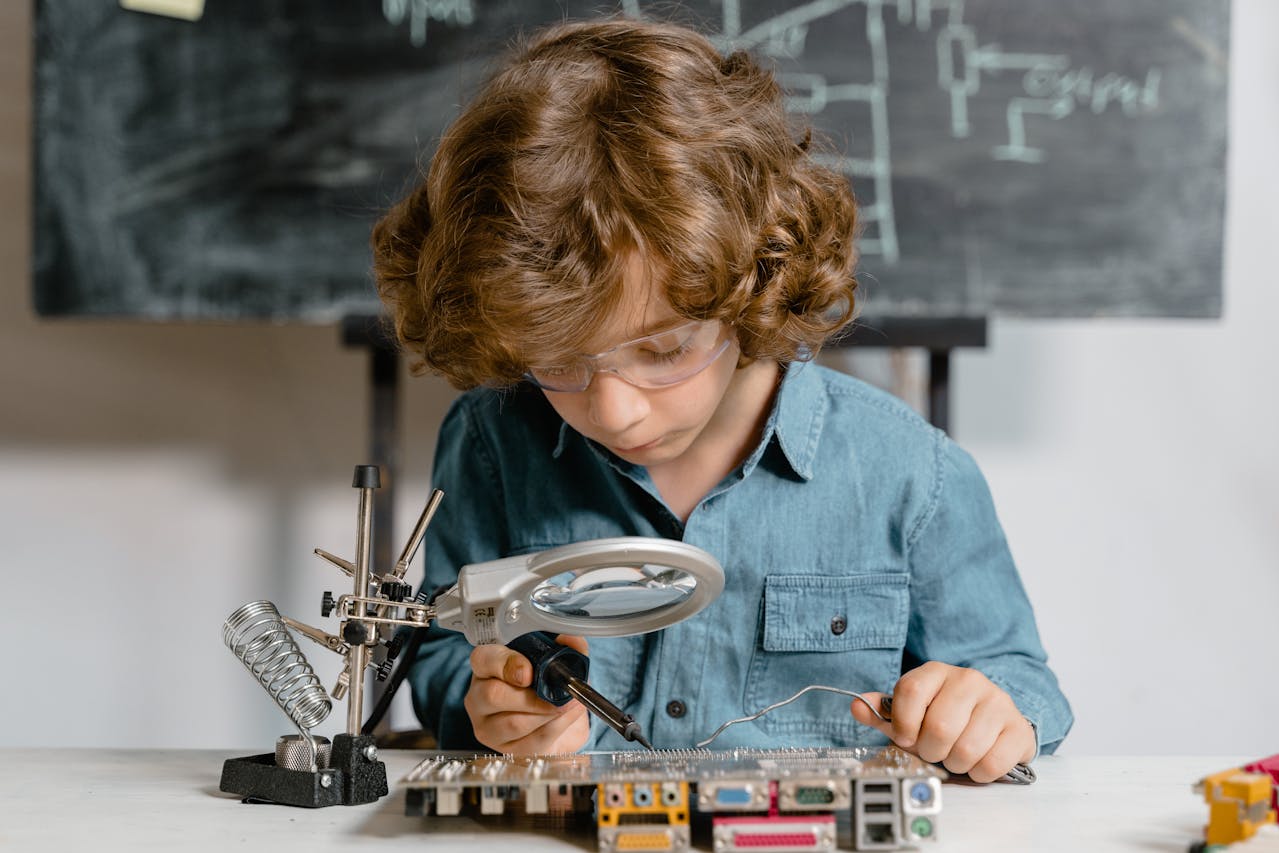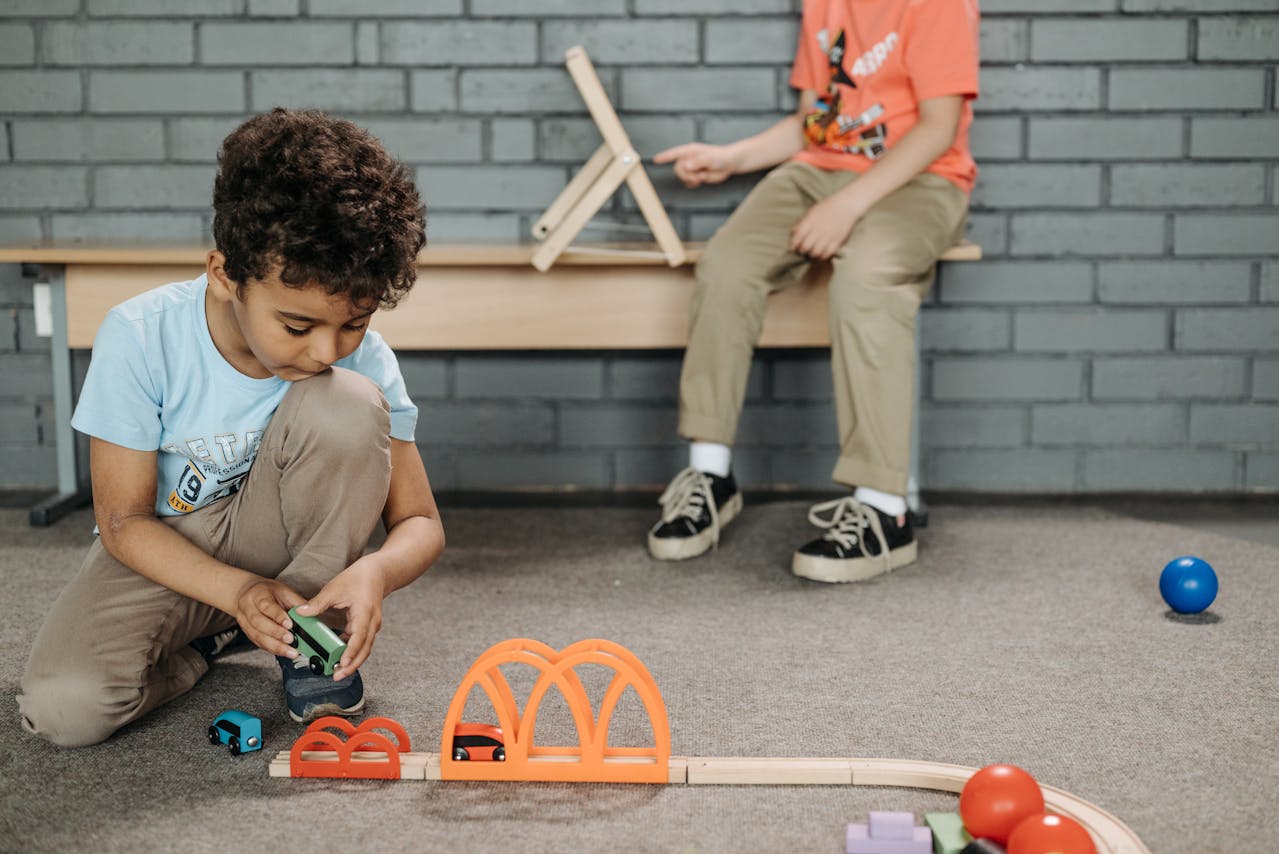“Tell me and I forget, teach me and I may remember, involve me and I learn.” — Benjamin Franklin
At the heart of childhood is movement. Climbing, touching, balancing, and building aren’t just fun—they’re how young brains wire themselves for learning. Experiential pedagogy embraces this truth: that the most lasting lessons come not from being told, but from doing.
What Is Experiential Pedagogy?
Experiential pedagogy is the practice of learning through direct experience—through doing, trying, building, and reflecting. This approach is grounded in the work of educational theorists like John Dewey, who believed that learning should be active, social, and deeply connected to real-world experiences. “If we teach today’s students as we taught yesterday’s, we rob them of tomorrow,” Dewey famously said.
Instead of memorizing facts, children construct meaning by engaging with the world. Whether it’s through physical movement, creative experimentation, or collaborative problem-solving, experiential pedagogy recognizes that the most powerful learning happens when children are fully immersed.
The Neuroscience Behind Learning by Doing
Modern brain research supports what educators have long known: movement and hands-on exploration are essential for learning, especially in early childhood. A study by the University of Chicago found that physically acting out scientific concepts—like mimicking planetary motion with arm gestures—activates brain regions associated with memory and understanding.
Research by Novack, Congdon, Hemani-Lopez, and Goldin-Meadow demonstrates that guiding children’s body movements can play a critical role in preparing them to learn new concepts. In their study on mathematical equivalence, they found that when children engaged in movements relevant to the math problems—before receiving any formal instruction—they were better able to grasp the concept later on. This suggests that physical action, even in the absence of immediate cognitive change, can help lay the groundwork for future understanding. The body, in this view, becomes an active tool for setting the stage for learning.
The same authors also identified what they describe as a “sleeper effect” of gesture on learning. Although children showed no immediate improvement on math tests after performing the guided movements, those who engaged in relevant gestures improved significantly more after formal instruction compared to those who performed irrelevant movements. This delayed effect highlights the subtle but powerful role of gesture in learning—planting conceptual “seeds” that may only bloom once instruction makes the underlying ideas explicit.
Experiential Pedagogy in Action at the Museum
At Museo dei Bambini, exhibits are designed to bring experiential learning to life. Children are encouraged to investigate physical principles by engaging directly with real materials and hands-on challenges.
Levitate! — Learning About Air
In this exhibit, children float scarves and objects in vertical wind tunnels. By changing shapes, weights, and angles, they experiment with what stays aloft and why. This sensory play introduces them to the basics of air resistance and lift without needing formal vocabulary.
Orbit Drop — Discovering Gravity and Speed
Orbit Drop turns abstract physics concepts into something tangible. Children release balls on spiraling tracks and observe how slope, curvature, and gravity affect movement. They begin to grasp momentum, acceleration, and the effects of height—all through experimentation.
Ball Ramps — Engineering Through Play
Ball Ramps invites kids to construct their own tracks using blocks and tubes. As they modify slopes and surfaces, they learn how friction and angle change speed. The trial-and-error process builds early engineering thinking and resilience.
Flight Lab — The Physics of Flight
Flight Lab offers air cannons and paper gliders, letting children launch, tweak, and relaunch their creations. They experiment with force, drag, and design—learning how even small changes affect how something flies.
What Educators See in Experiential Spaces
“Experiential learning is especially powerful in physics because so much of it is abstract,” says Professor Elena Rossi, a childhood science education expert at the University of Bologna. “When a child builds a ramp and sees a marble go faster or slower depending on the slope, they’re developing real intuition about motion and energy.”
Research backs this up. A 2020 study in Early Childhood Research Quarterly found that children who engaged in hands-on science scored significantly higher in language development and executive function than those who learned passively.
🔗 Science Learning Through Play – Study Abstract
Other research highlights how movement-based learning benefits children with attention differences. A meta-analysis in Educational Psychology Review showed that embodied learning improves academic performance, especially in children with ADHD or sensory challenges.
🔗 Embodied Learning in Childhood – SpringerLink
What Families Experience
For many parents, the learning happening in these exhibits is both surprising and delightful. “I loved how my son kept adjusting the ramp to see if the ball would go farther,” one parent shared. “He was making predictions and testing them—just like a real scientist.”
Museum staff often see children collaborating naturally—one child launching while another adjusts a track. These social interactions add another layer of learning: communication, cooperation, and leadership through play.
Why Experiential Pedagogy Matters
This approach fosters more than subject knowledge. It builds confidence, curiosity, and the ability to persist through trial and error. It gives children a sense of agency in their learning.
As Jean Piaget said, “When you teach a child something you take away forever his chance of discovering it for himself.” Experiential pedagogy returns that chance—over and over again.
And it’s not limited to museums. At home, families can encourage hands-on exploration with cardboard ramps, kitchen science experiments, or open-ended building materials. The key is inviting kids to test, reflect, and ask, “What happens if…?”
Want to Learn More?
🔗 Experiential Learning Theory (Kolb) – Simply Psychology
🔗 Harvard Project Zero – Making Learning Visible
🔗 More Than a Dozen Ways to Build Movement Into Learning



